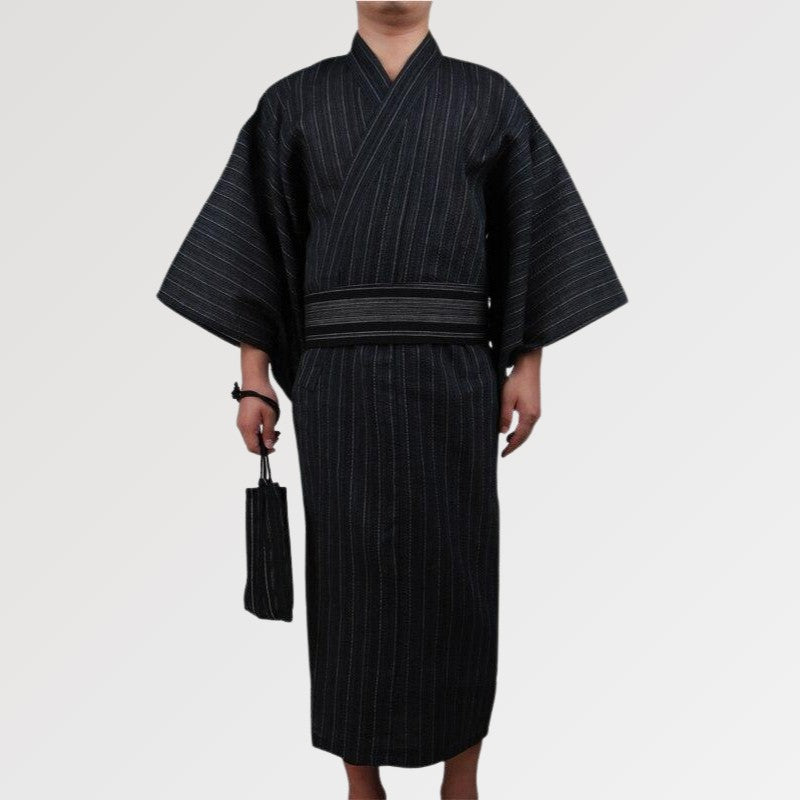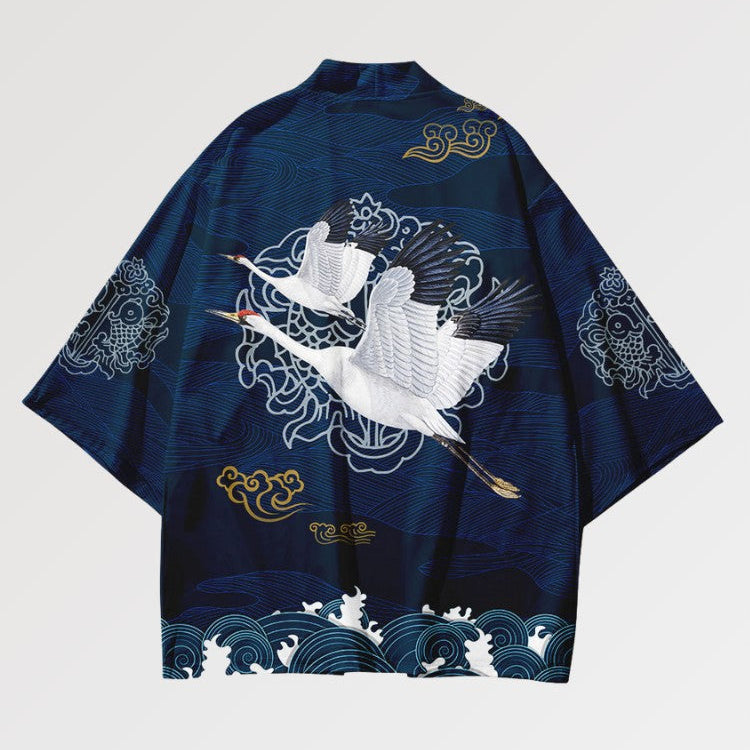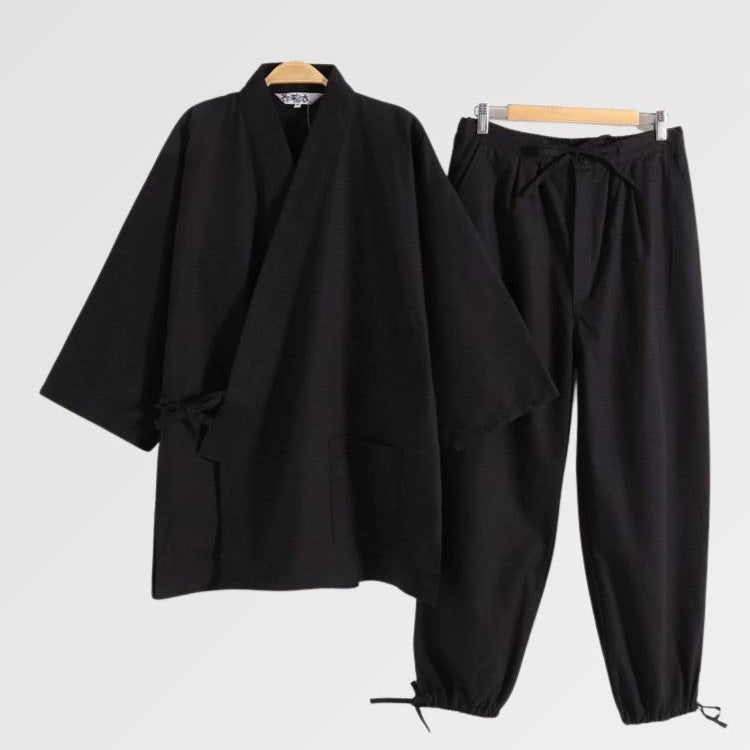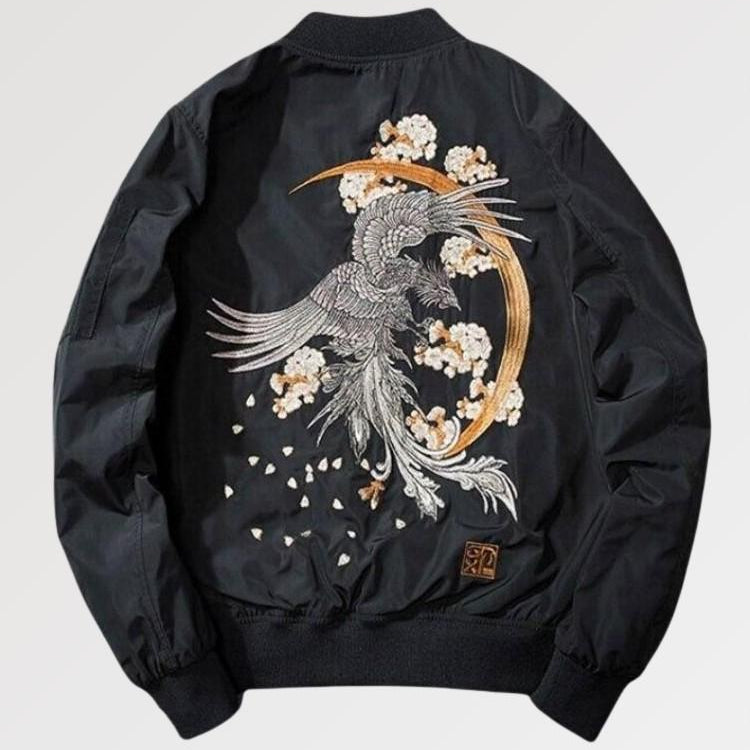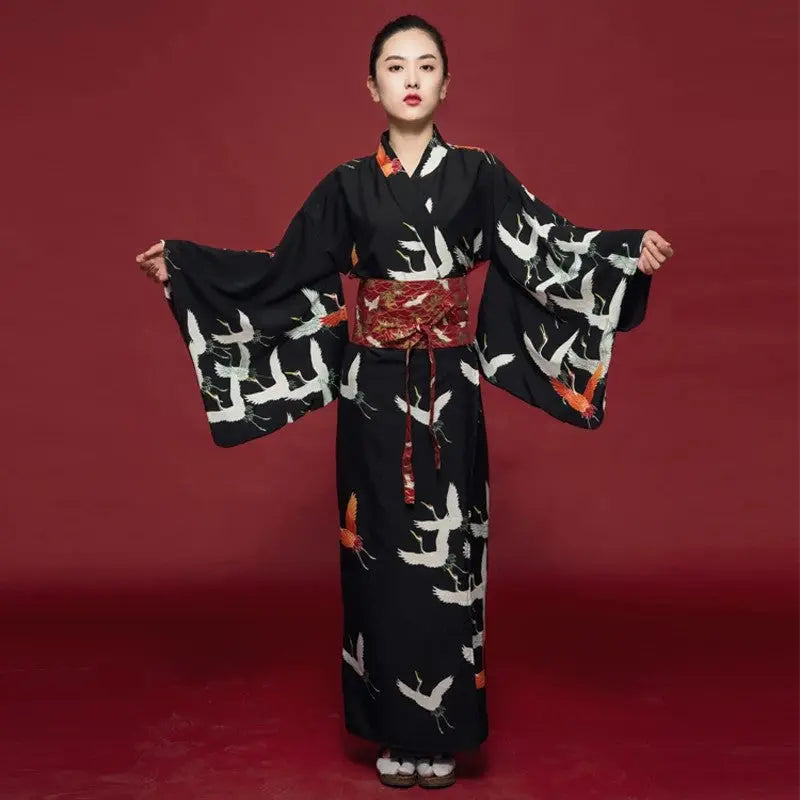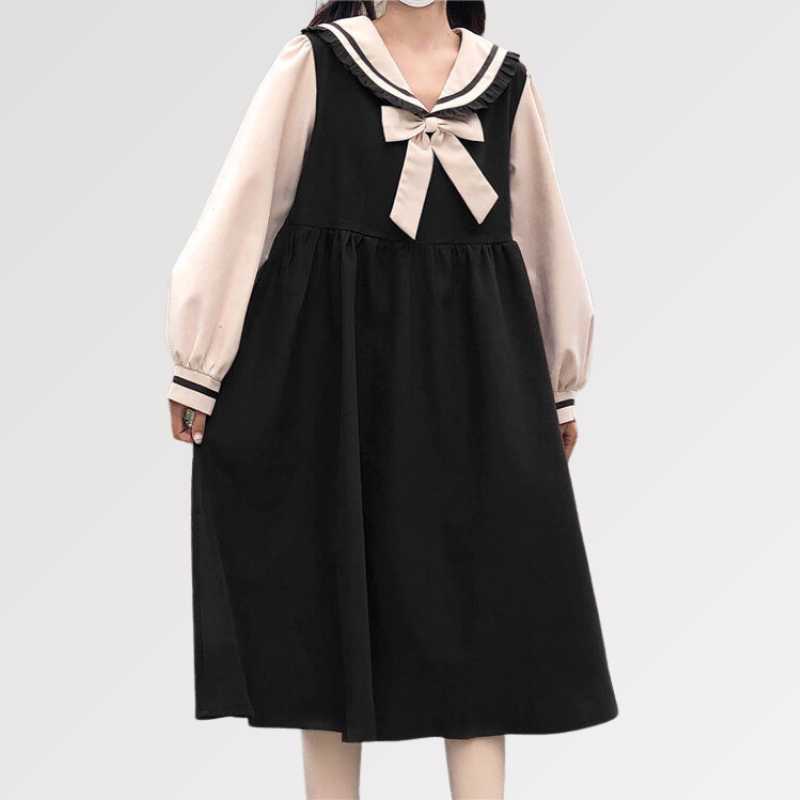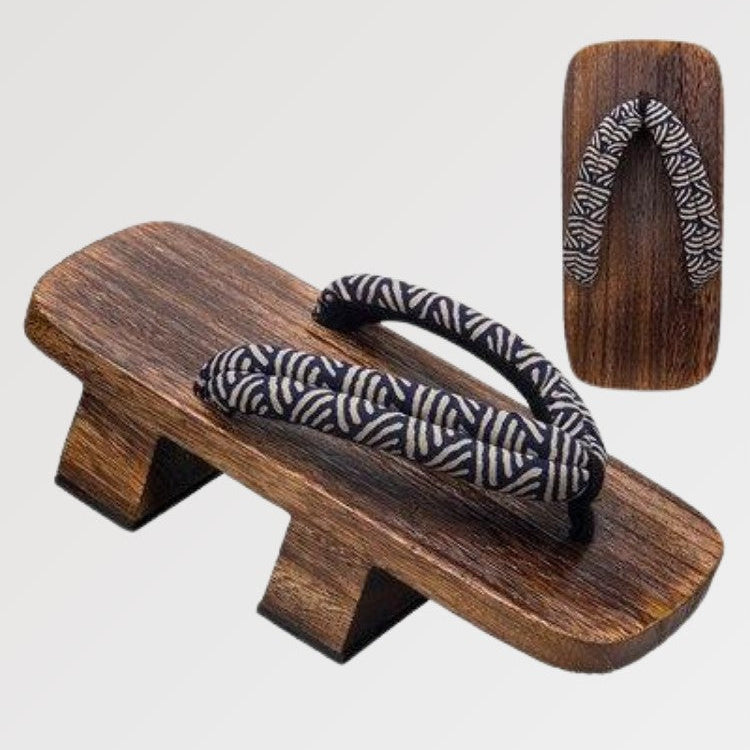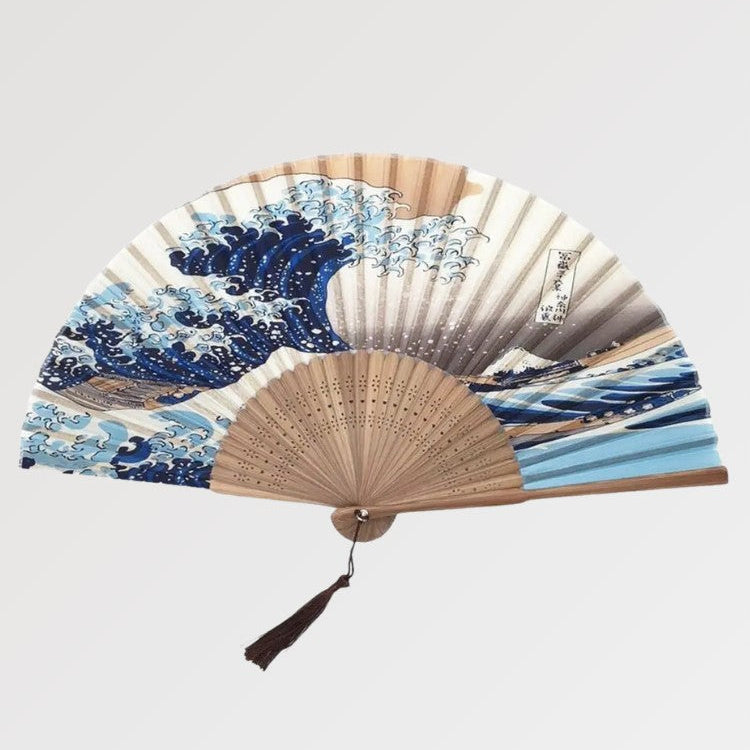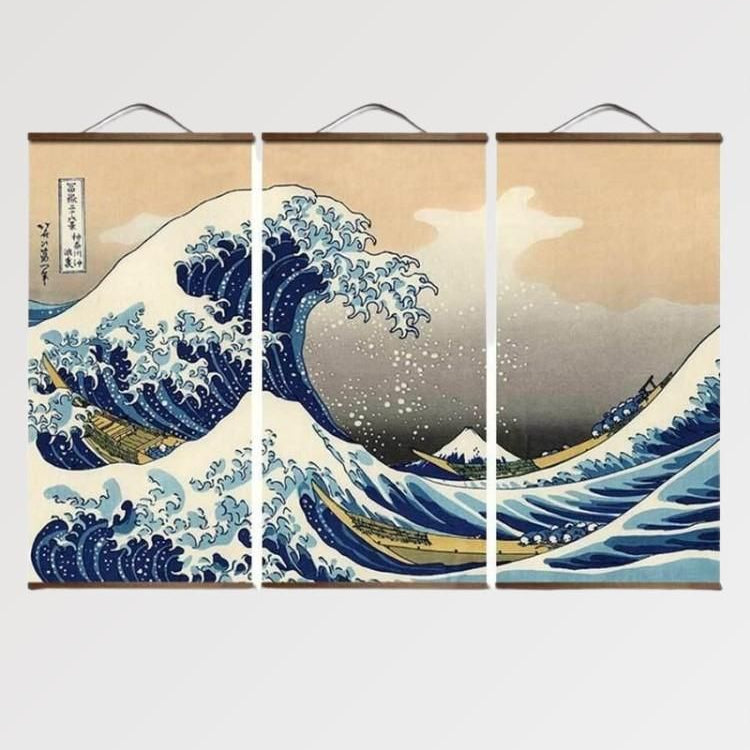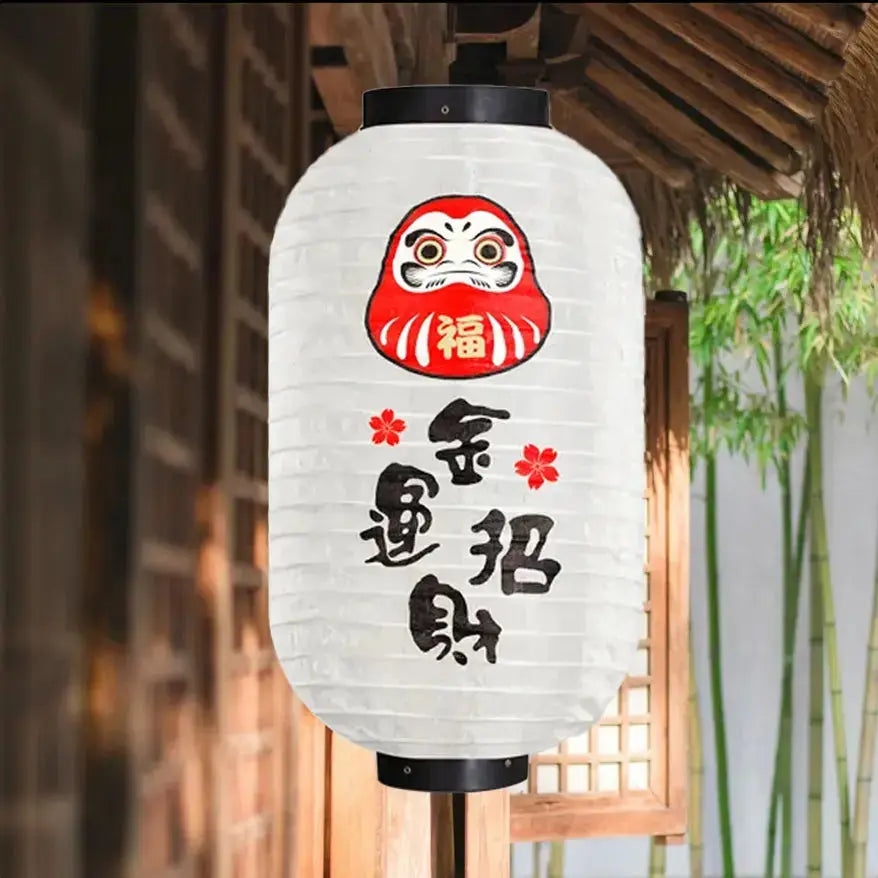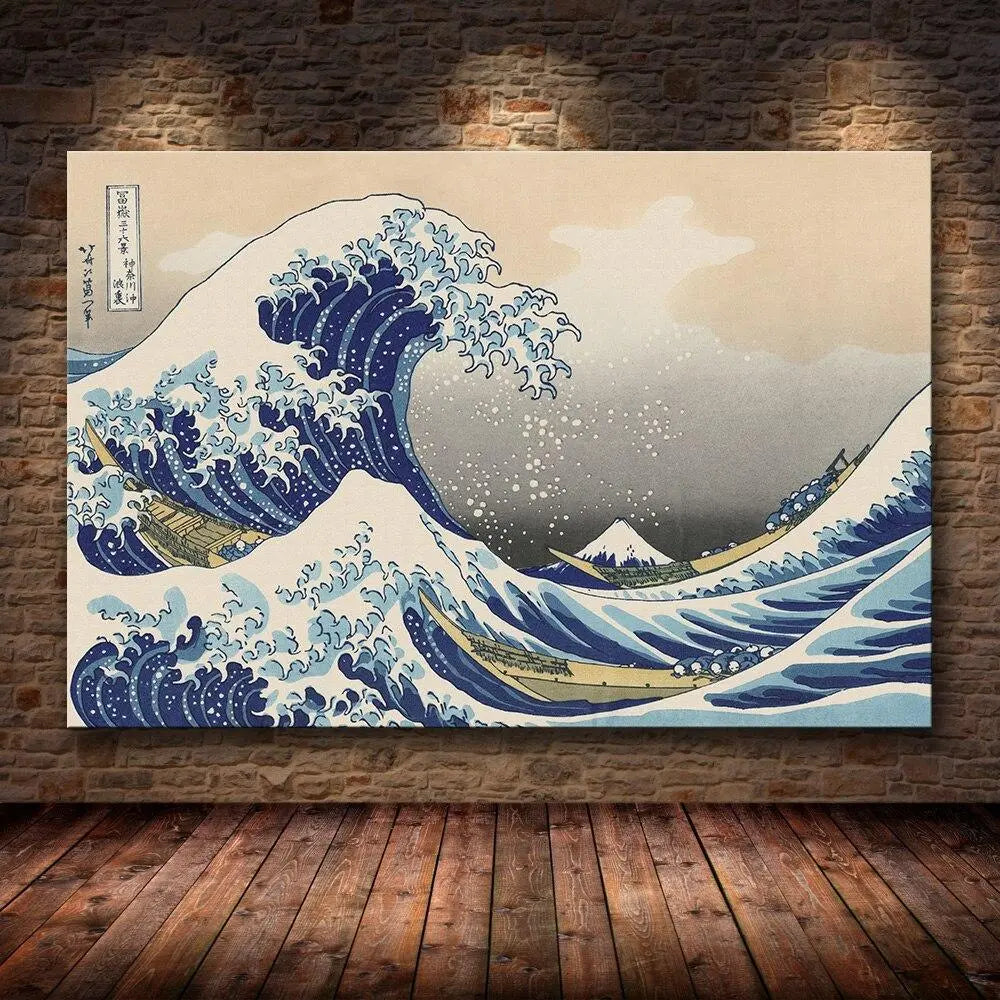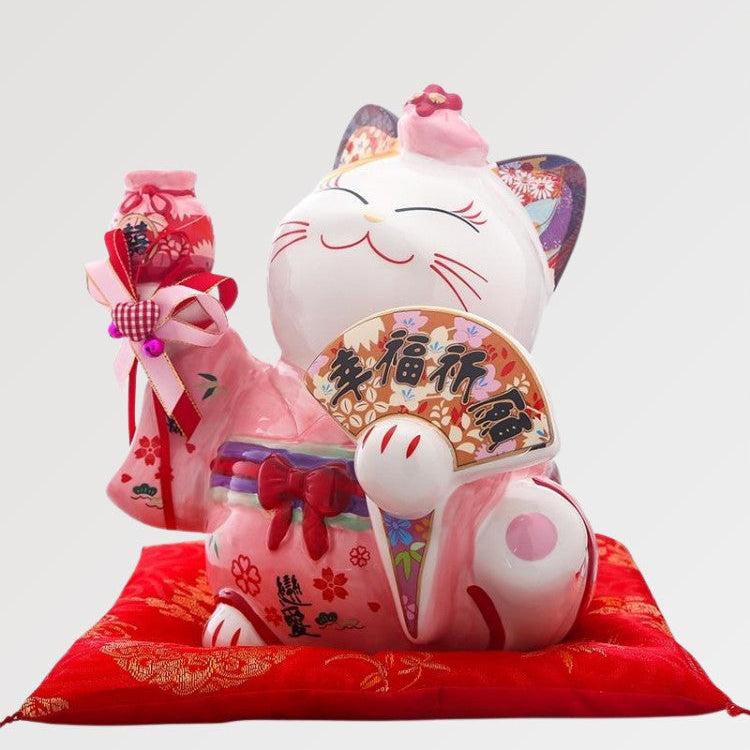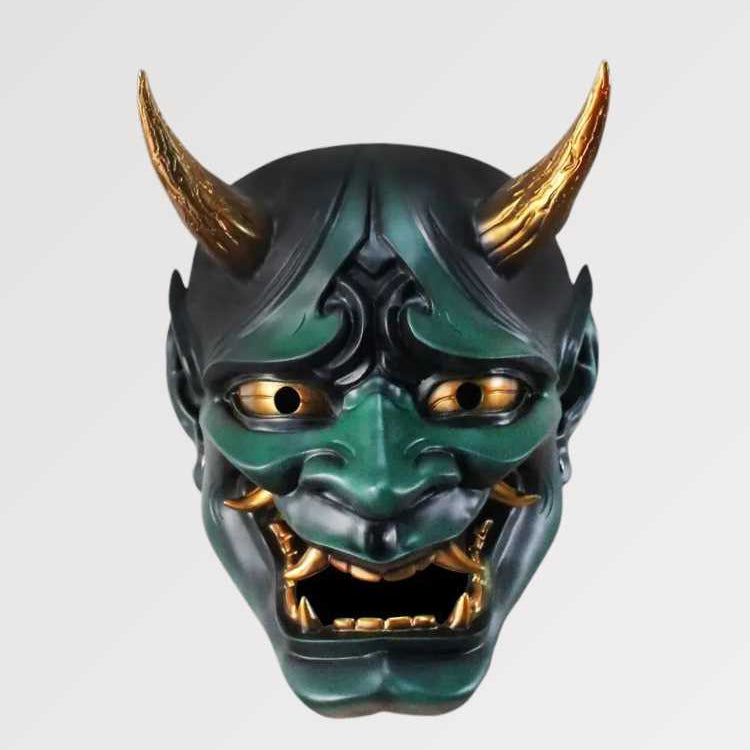The japanese fan, an essential fashion accessory
The Japanese fan is a very recognizable icon of Japanese culture and is part of an ancient Japanese craft whose origins can only be found in Japan. Much more than just an accessory for stirring the air, Japanese fans are intimately connected to the long and fascinating history of the land of the rising sun. Today, they remain an important artistic medium and an elegant fashion accessory. We give you a quick overview of everything you need to know about fans, their history, influences and uses.
There are two types of fans in Japan:
- the Uchiwa, an oval-shaped fan very often designed in a round shape and having a non-folding handle.
- the Ogi, (or sensu), is a Japanese invention. The legend tells that it would be a peasant who would have conceived this object after having observed the wings of a bat which folded and unfolded.
The japanese wall fan, its history
In history, Japanese hand fans were tools of the aristocrats and the Samurai class. It was a way to signify social status, it was only used by an elite. It was even used to communicate messages. The first sighting of the Japanese fan dates back to the 6th century AD, when tombs were decorated with images of fans.
In the official Chinese historical record of the Song Dynasty (960-1279), it is written that the Japanese monk Chonen gave folding fans to the Chinese emperor in the year 1000, making the Japanese folding fan an original invention at a time when technology learning was going in a completely different direction. The popularity of the Japanese fan also spread to Korea: in the 11th century, Korean envoys to the Chinese court brought with them folding fans made in the japanese style.
Now back to Japan, during the short Heian period, these fans were so popular that laws were created to restrict their use to particular social classes. Usually made from Hinoki Cypress and thread, the number of wooden strips on each fan was supposed to reflect the rank and status of its owner.
By the 15th century, japanese handcrafted fans were so revered that Japan began to export them to Europe, including China, from where they made their way onto the Silk Road. By the 18th and 19th centuries, these fans had even become a desirable fashion accessory for wealthy European women. Speaking of accessories, don't forget to pick up an obi belt from our extensive collection to fully complete a Japanese look worthy of your kimono!



